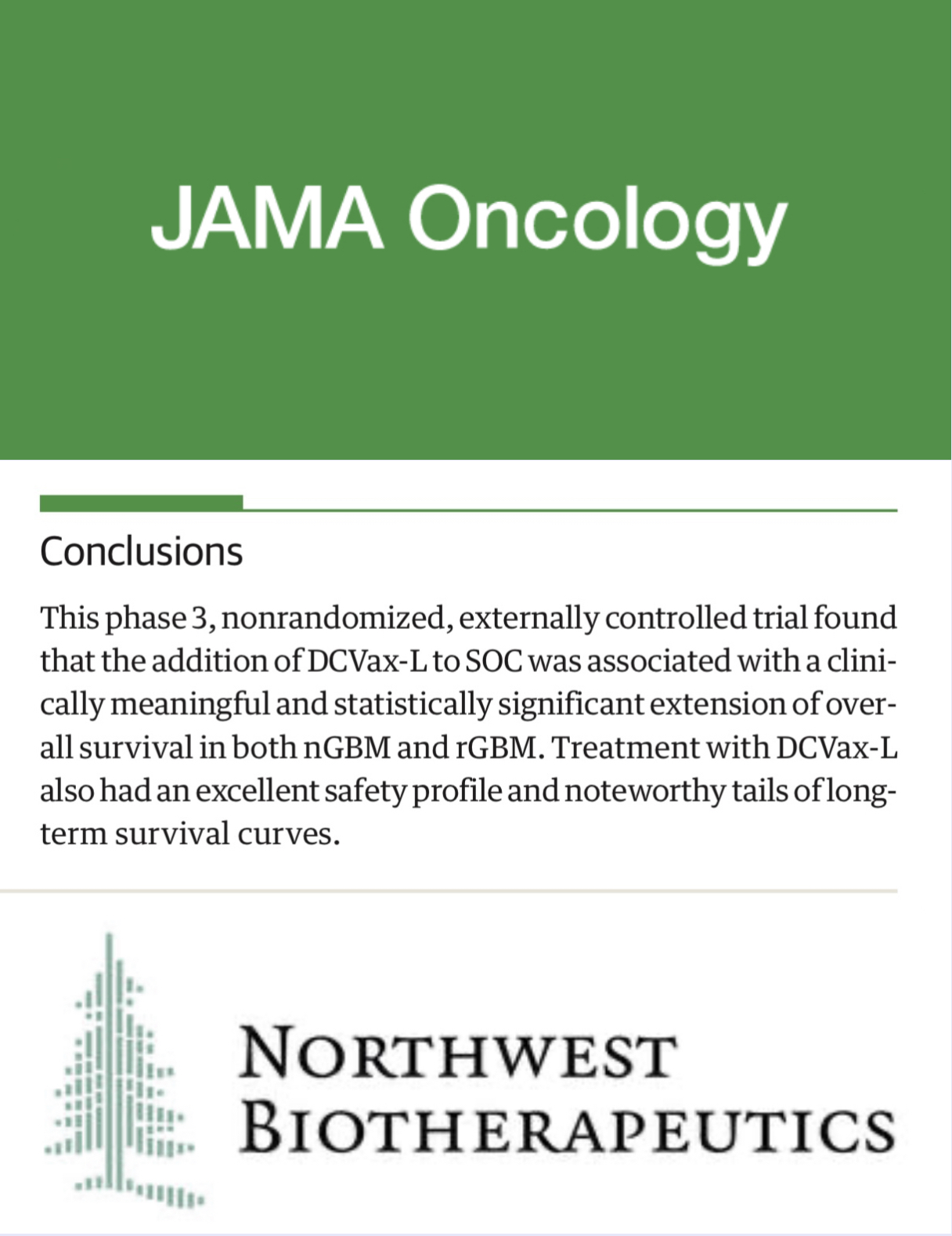Adjuvant Chemoradiotherapy vs Radiotherapy Alone for Patients With Intermediate-Risk Cervical Cancer
IF 22.5
1区 医学
Q1 ONCOLOGY
引用次数: 0
Abstract
ImportanceOptimal adjuvant treatment for patients with intermediate-risk cervical cancer remains controversial, and the benefit of adding chemotherapy to radiotherapy in this population is uncertain.ObjectiveTo evaluate whether adjuvant chemoradiotherapy is associated with improved overall survival compared with radiotherapy alone in patients with intermediate-risk cervical cancer. Secondary objectives included identifying clinical factors associated with the use of chemoradiotherapy.Design, Setting, and ParticipantsA cohort study was conducted at Commission on Cancer–accredited centers across the US using prospectively collected data from the National Cancer Database that focused on patients with a diagnosis of 2018 International Federation of Gynecology and Obstetrics stage IB cervical carcinoma (squamous cell carcinoma, adenosquamous carcinoma, or adenocarcinoma) of intermediate risk who were undergoing adjuvant radiotherapy treatment after radical hysterectomy from January 2010 through December 2020. Missing variables were multiple imputed, and propensity score matching (1:1) was performed to balance baseline characteristics. A Kaplan-Meier analysis and proportional hazard models were used to compare the hazard of death between the groups.ExposureAdjuvant radiotherapy alone vs concurrent chemoradiotherapy.Main Outcome and MeasureThe primary outcome was time to death or last follow-up.ResultsA total of 1116 patients (mean [SD] age, 47 [12] years) were identified, of whom 486 (43.5%) received concurrent chemoradiotherapy. Chemotherapy was administered more frequently among those with adenocarcinoma or adenosquamous histology compared with squamous cell carcinoma (risk ratio [RR], 1.26; 95% CI, 1.10-1.44) and those with tumors larger than 4 cm (compared with tumors measuring 2-4 cm; RR, 1.31; 95% CI, 1.14-1.51). Propensity score matching yielded a cohort of 868 patients with balanced covariates. Patients who received chemoradiotherapy had similar overall survival (5- year survival, 87%) as those who received radiotherapy alone (5-year survival, 87%; hazard ratio, 0.85; 95% CI, 0.59-1.23;辅助放化疗与单独放疗对中危宫颈癌患者的影响
对中危宫颈癌患者的最佳辅助治疗仍有争议,在这一人群中放疗加化疗的益处尚不确定。目的评价辅助放化疗与单纯放疗相比是否能提高中危宫颈癌患者的总生存率。次要目的包括确定与放化疗使用相关的临床因素。设计、环境和参与者:一项队列研究在美国癌症委员会认可的中心进行,使用从国家癌症数据库收集的前瞻性数据,重点关注2018年国际妇产科联合会诊断为IB期宫颈癌(鳞状细胞癌、腺鳞状癌、在2010年1月至2020年12月期间接受根治性子宫切除术后辅助放疗的中度风险患者。对缺失变量进行多重输入,并进行倾向评分匹配(1:1)以平衡基线特征。使用Kaplan-Meier分析和比例风险模型比较各组之间的死亡风险。暴露:单独辅助放疗vs同步放化疗。主要结局和测量主要结局为死亡时间或最后一次随访。结果共发现1116例患者,平均[SD]年龄47岁,其中486例(43.5%)接受同步放化疗。与鳞状细胞癌相比,腺癌或腺鳞癌患者化疗的频率更高(风险比[RR], 1.26;95% CI, 1.10-1.44)和肿瘤大于4 cm的患者(与2-4 cm的肿瘤相比;RR 1.31;95% ci, 1.14-1.51)。倾向评分匹配产生了868例平衡协变量的患者队列。接受放化疗的患者的总生存率(5年生存率,87%)与单独接受放疗的患者相似(5年生存率,87%;风险比0.85;95% ci, 0.59-1.23;P = .38)。在肿瘤大小、组织学、是否存在淋巴血管间隙侵犯、手术入路或是否接受辅助近距离放疗等亚组中,与化疗接受程度相关的生存率无显著差异。结论和相关性本队列研究的结果表明,化疗加放疗与提高中危宫颈癌患者的总生存率无关。
本文章由计算机程序翻译,如有差异,请以英文原文为准。
求助全文
约1分钟内获得全文
求助全文
来源期刊

JAMA Oncology
Medicine-Oncology
自引率
1.80%
发文量
423
期刊介绍:
JAMA Oncology is an international peer-reviewed journal that serves as the leading publication for scientists, clinicians, and trainees working in the field of oncology. It is part of the JAMA Network, a collection of peer-reviewed medical and specialty publications.
 求助内容:
求助内容: 应助结果提醒方式:
应助结果提醒方式:


